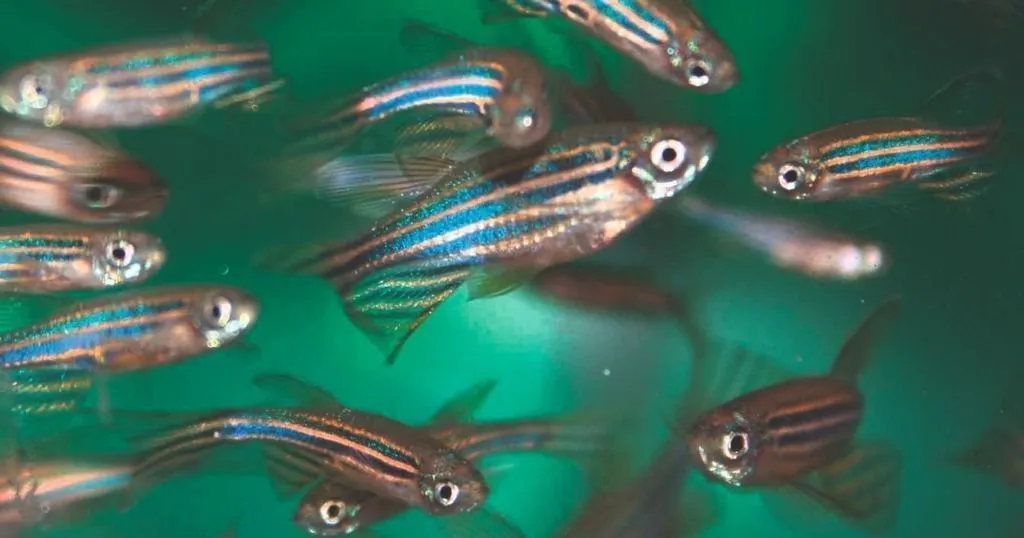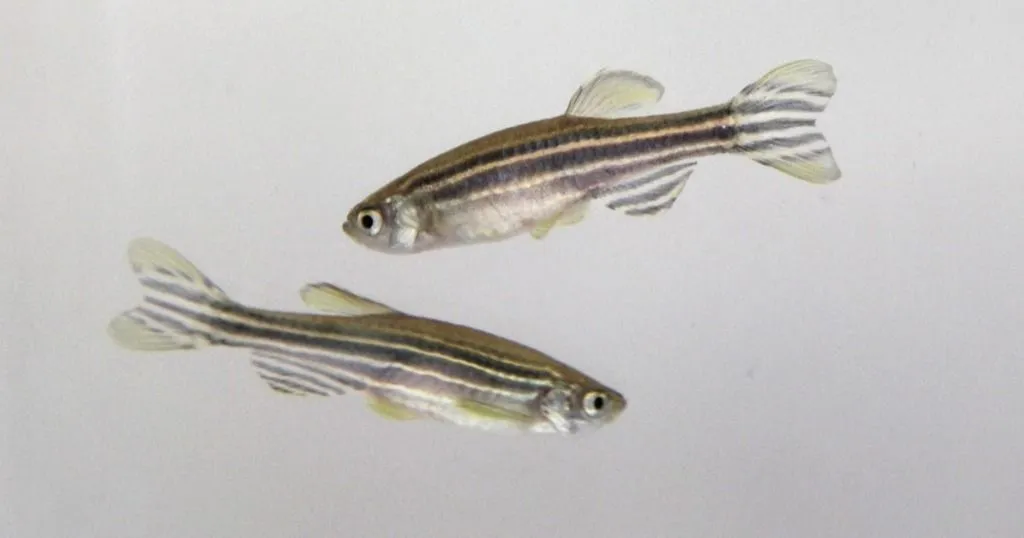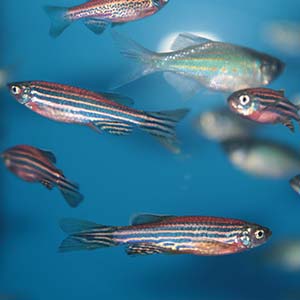How zebrafish regenerate (and how to measure their recovery)

We all know of animals that are able to regenerate: lizards that grow back their tails, flatworms that can grow into new worms when cut in half. Zebrafish have this special ability as well.
Posted by
Published on
Mon 12 May. 2014
Topics
| EthoVision XT | Video Tracking | Zebrafish |
We all know of animals that are able to regenerate: lizards that grow back their tails, flatworms that can grow into new worms when cut in half. Zebrafish have this special ability as well. You can’t cut them in half and expect two new zebrafish, but there are parts of their body that are able to regenerate, such as heart tissue. The heart cell can divide to replenish missing tissue; interestingly, this property is also shown in a newborn mouse heart, but is lost as the mouse matures (European Biopharmaceutical Review, April issue).
The key to spinal cord injury treatment?
Regenerative abilities may also be the key to spinal cord injury treatment; yet another good reason for scientists to study zebrafish in the lab. They may hold the key to the development of important therapies for spinal cord injury, as Liping Ma and colleagues show us in the April issue of PLOS ONE.
Special enzyme
Spinal cord injury often leads to permanent disabilities in humans (and other mammals), but zebrafish can recover because they seem to be able to re-express the necessary genes to grow back the axons projecting from the brain. Ma et al. previously showed that the enzyme legumain seems to be involved in this process, as its expression is upregulated in the brain after the spinal cord was severed in zebrafish. Now, they have found that this enzyme is indeed necessary for the recovery of the spinal cord.
Experimental set-up
Spinal cord injury was surgically induced by cutting the spinal cord completely. A control group received sham surgery. In addition, zebrafish morpholino’s for legumain were used to knock-down the enzyme and test it’s essentiality for spinal cord regrowth.
Functional recovery was tested by performing locomotor analysis in free swimming zebrafish six weeks after surgery. The movement of the fish was recorded in a 50 x 30 cm tank, using EthoVision XT video analysis to automatically track and analyze swim paths.
Impaired recovery after enzyme knock-down
Microarray analysis showed that legumain was upregulated after spinal cord injury, both in the brainstem (medial longitudinal fascicle) and in the caudal spinal cord itself. Knockdown of legumain resulted in impaired recovery, showing that this enzyme indeed seems essential for regeneration of the axons.
Implications for the future
In the future, these scientists plan to this research further and investigate this mechanisms through which legumain functions. Of course, the hope is that eventually this information leads to therapies for mammals.
Read more
- Ma, L.; Shen, Y.-Q.; Khatri, H.P.; Schachner, M. (2014). The asparaginyl endopeptidase legumain is essential for functional recovery after spinal cord injury in adult zebrafish. PLOS ONE, 9(4), e95098.
- If you are interested in tools for zebrafish research, click here.
- Want to read more about video analysis? Go to www.noldus.com/ethovision-xt
- Want to read about spinal cord injury research in rodents, click here.
Or read about zebrafish video tracking this free white paper.
Related Posts
Tracking tiny transparent fish with EthoVision XT

5 must-read articles on zebrafish behavioral research

